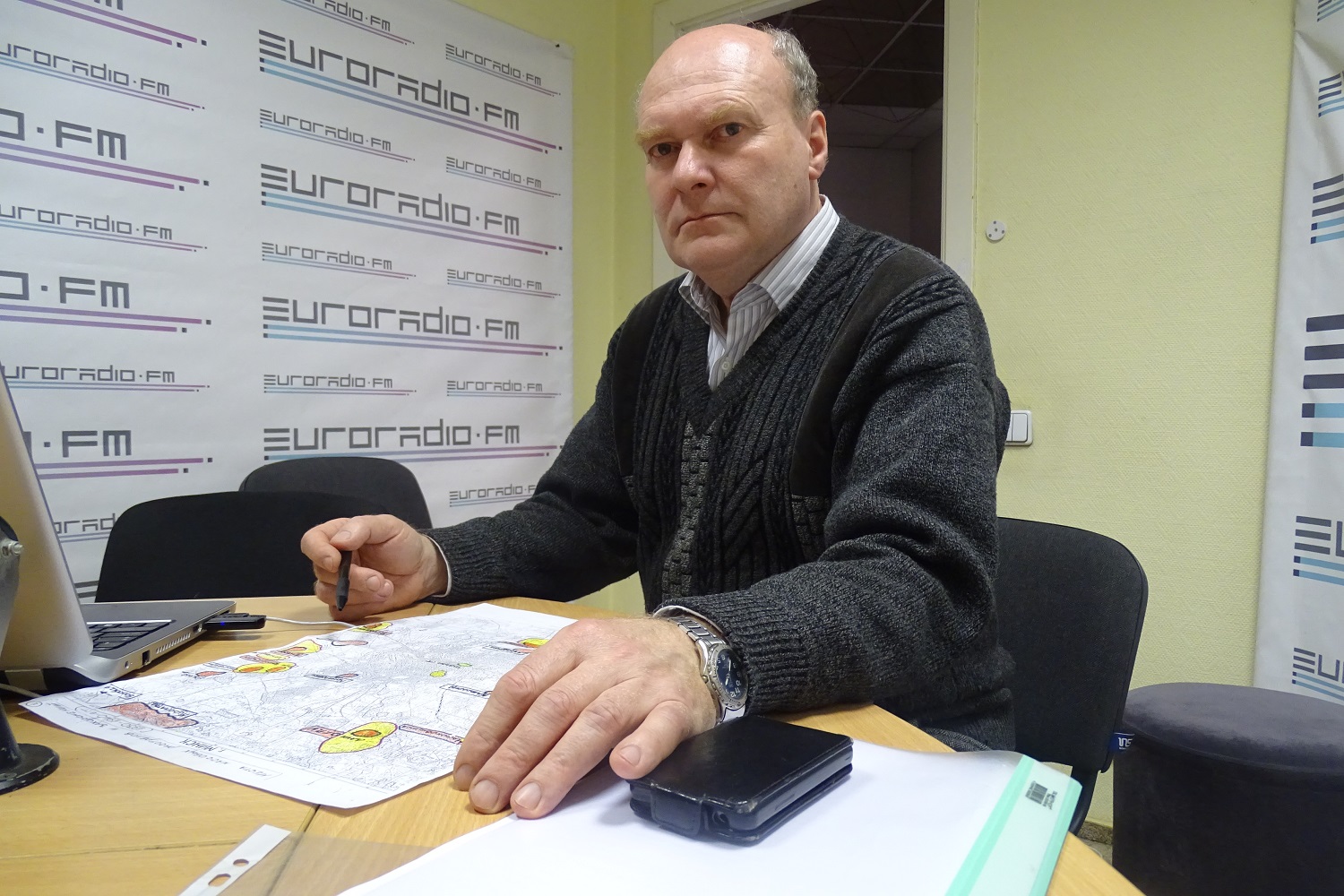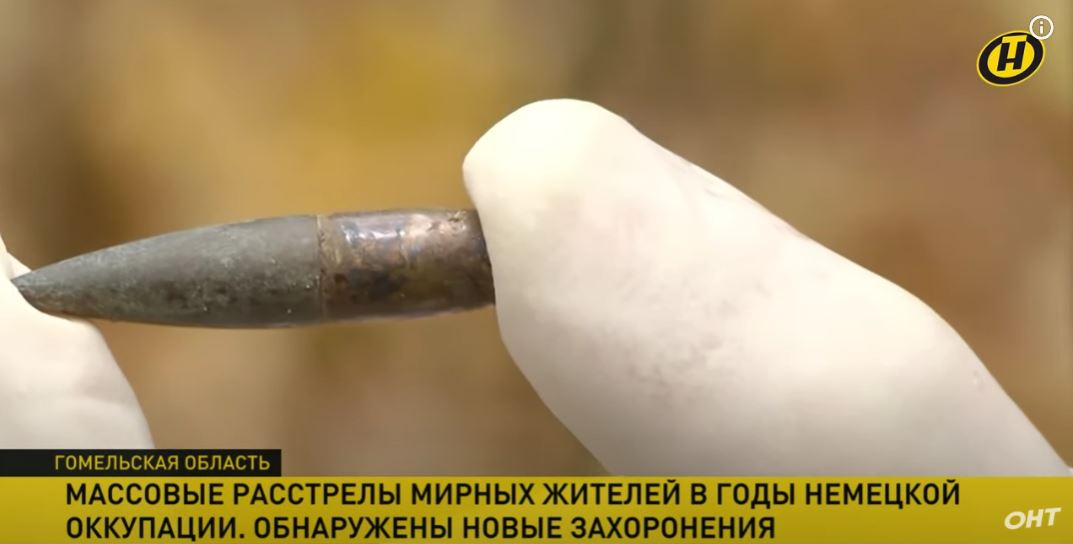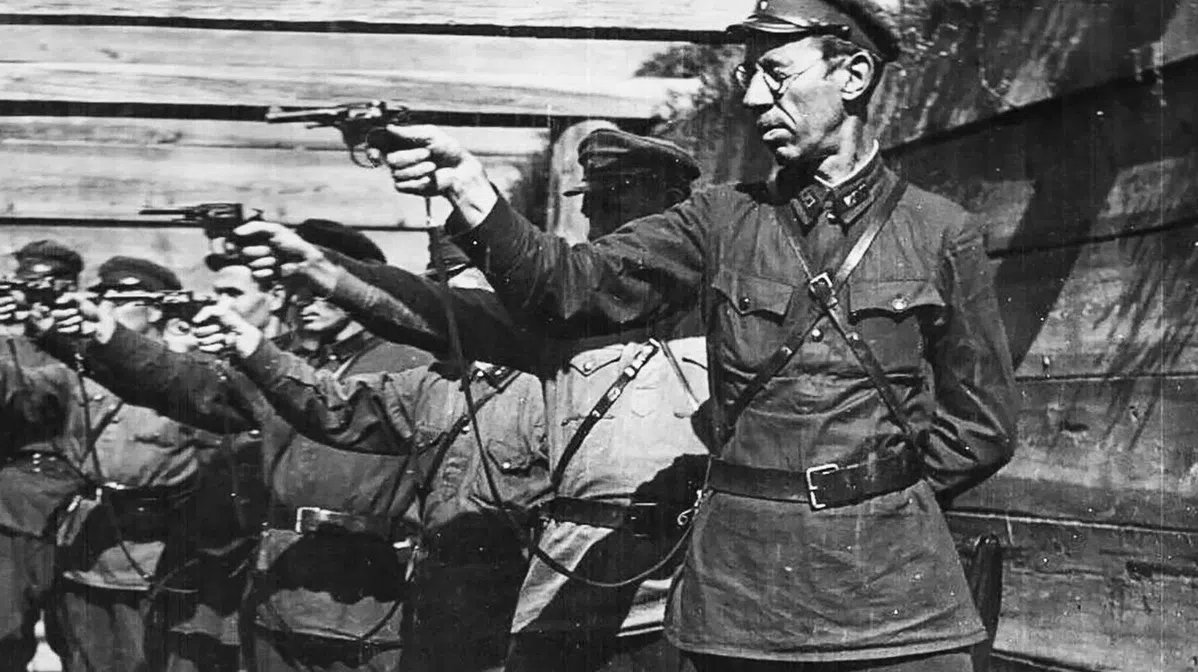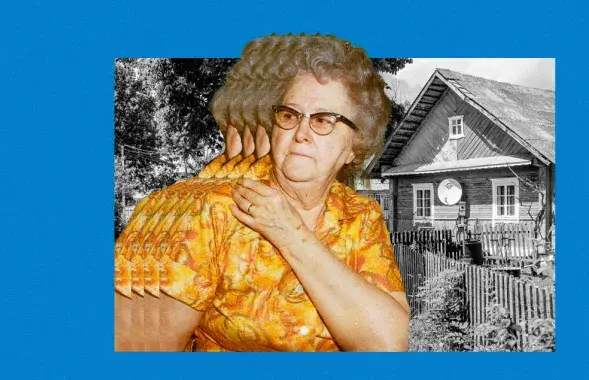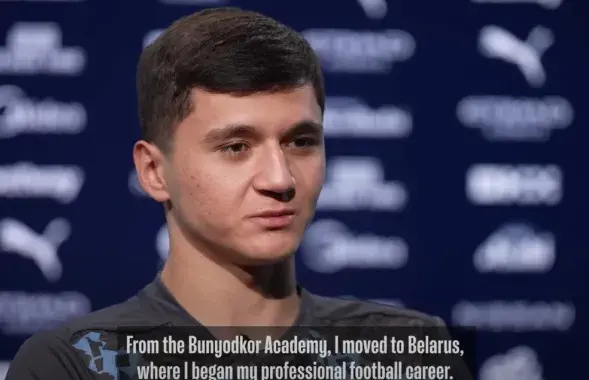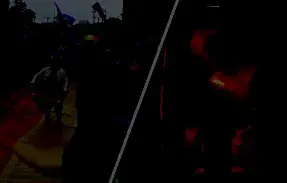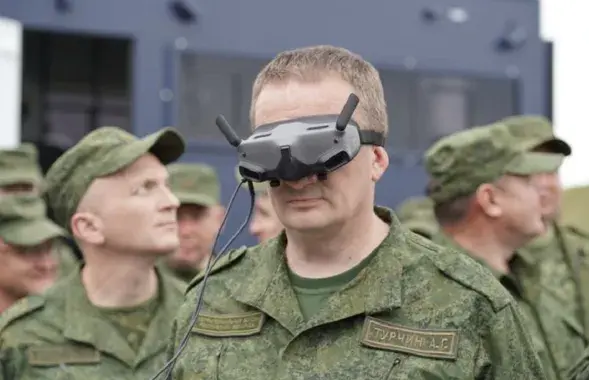Prosecutor's office unearthed alleged execution site. Who is buried there?

Who's down there, messers investigators? / prokuratura.gov.by
In the Minsk district, near the 120th brigade’s firing range entrance, the Prosecutor General's Office (PGO) dug out a burial site. They found skulls and bones, clothes and shoes, rusty shells, and cartridge clips. The discovery was made "as per archival data" and thanks to the testimony of a man called V. F. Chernov. Twenty-five years ago, "a "random passerby showed him a place where civilians were executed." But whose remains did the PGO find? Euroradio has talked to an expert.
Don't jump the gun
"…From 1941 till 1944, Nazi occupants were bringing civilians here and shooting them," the PGO website says. MP Liliya Ananich, who also came to the burial site, told the journalists about the new law about to go into effect. This law acknowledges and condemns the genocide of the Belarusian people (during the Great Patriotic War). Prime minister of Belarus, Roman Golovchenko, who was also present during the excavation, noted: "how cruel-hearted the aggressors were." Viktar Khrenin, Minister of Defence, said his piece about "valor and bravery of the unbowed Belarusian people."
Even though the items found are only "on their way to be properly examined by professionals," the bureaucrats' narrative is already built to fit the Nazi genocide criminal case.
"Before we conclude, we have to exhume and determine who was shot and when," historian Ihar Kuzniatsou tells Euroradio. "We have to define the site's outline, conduct research in the KGB archives, as well as in the National Archive. We have to study the remains and physical evidence. Can we claim these are the Nazi regime victims when all the evidence we have is some jibber-jabber aged 25 years?
Yes, we are not aware of numerous war-time burial sites. It is great that they have found this one. If it becomes clear these are the victims of the Nazi persecutions, then we have to commemorate their memory.
"If there are remains of children, it is unlikely the Stalin's secret police was involved"
"As far as I'm aware, no execution sites dating back to the German occupation or burials of the Nazi terror victims were ever discovered in the area close to the 120th subdivision," the historian says. "There are also no mentions of anything like that in the Yad Vashem, a Holocaust archive in Jerusalem. Nearby, the village Bolshoi Trostenets, Blagovshchina district, and Lesnoe cemetery are situated. These, as we know, were the locations for the pre-war Soviet executions.
I have never heard of any burial sites in this area or close to the firing range, except for Blagovshchina. They are not on record anywhere; there is nothing in the Extraordinary State Commission's formal notes. Perhaps, they found something in the locked documents of the KGB archives? I am telling you as a historian: I don't know of any other burial sites in the district, except for Blagovshchina with its 34 grave shafts and the solid domestic waste landfill area. I can't correctly judge what they found, how they did it, and who's buried there."
The historian, if there are children's remains, the Nazis are probably to blame since this kind of behavior was uncharacteristic of the Stalin's security force NKVD.
"Today, when so many years passed, it is impossible to determine whether these shootings happened in 1937 or 1941. Could they, perhaps, be dated back to the 1920s and The Polish-Soviet War? It is a complex matter, and any early statements should remain as "hypotheses" or "assumptions," notes the researcher. "I provided many examples of a pre-war burial site and a Nazi victims grave sitting together. That's what we saw in Drazdy, Blahauscyna, and Masyukouscyna."
Shells prove nothing
Earlier, the state dug out a burial site in the Chenkovskoe forestry of the Gomel region. Apart from human remains, they found "parts of rifle cartridges, sized 7.92 mm, for the Mauser rifle and other ammunition used by the German troops and their allies."
The report doesn't say where they found the ammo, though. Was it the grave itself or the forest area nearby? The online magazine Flagshtok noticed that the bullet, shown on state TV, was unevenly covered in rust. The expert voiced an opinion that the bullet was taken out of the old shell, which "points to the suspicious adjustment of facts."
The "site of combat" is a recognized concept. It means that if there was fighting, one might find both Soviet and German empty cartridge cases. It doesn't mean there were any executions, though. Following this logic, one can say the same about a lot of burial sites. Like, oh, look, there are the "Schmeisser" empty cases; it must be the Germans' doing! Meanwhile, there would be the "Nagant" cases scattered right beside."
Why are ministers present during excavation?
In 2021, the government started actively searching for the mass burial sites, and, miraculously, they keep finding lots of those "dating back to the Great Patriotic War." What about the places where Stalin's terror victims were killed, then? Why isn't anybody finding remains of the people involved in other conflicts?
"We have to focus on the following matter here: it all started the minute they announced a Nazi genocide criminal case," Ihar Kuzniatsou explains. "They started digging, discovering things, finding witnesses, you name it. Somebody can't do it overnight. This is a campaign that started fast and will end very soon, by the looks of it.
As a historian, I don't understand the segregation [of the Soviet and Nazi terror victims]. Look for everyone; all of them are your people."
Many high-ranking government officials came to the Uručča burial site: Prosecutor of the Minsk region, Prime Minister, Minister of Defense, and Deputy Prosecutor General of the Republic of Belarus. Where did the passion for excavations come from?
"It is not a matter of history, archaeology, or crime investigation procedures. It is about ideology. This campaign is highly ideological by nature, and that's the reason why the functionaries who have no professional connection to the matter nevertheless end up right there. Why didn't they ever come to other burial sites, previously?" the historian wonders. "I have never even heard of a Minister of Defense or a Prime Minister being present during the reburial ceremonies. Clearly, it looks like an ideological campaign."

